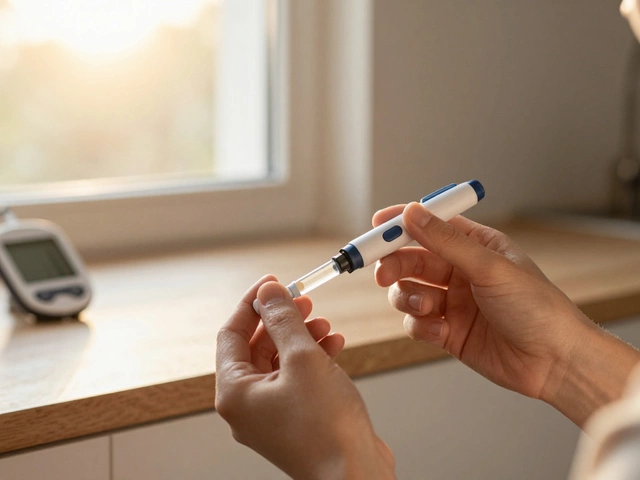Recovery Tips: Quick, Real‑World Ways to Speed Up Healing
Whether you just had knee replacement surgery or are bouncing back from a cold, the day‑to‑day choices you make can shave weeks off your recovery. Below are the most useful, no‑nonsense tips that work for almost any situation.
Manage Pain and Swelling Right Away
Pain spikes in the first 48‑72 hours, especially after joint surgery. Keep an ice pack on the area for 20 minutes, then a 40‑minute break; repeat this cycle three to four times a day. Combine ice with a prescribed painkiller—take it on schedule, not just when it hurts. Skipping doses lets pain flare up and can slow down movement, which in turn keeps swelling high.
Gentle compression works too. A snug knee sleeve or elastic bandage reduces fluid build‑up without cutting off circulation. If you’re dealing with a lower‑leg injury, elevate the limb above heart level while you’re sitting or lying down. This simple gravity trick helps fluids drain faster.
Stay Moving, but Don’t Overdo It
Brace yourself: complete rest makes muscles waste away. On the second day after knee replacement, most surgeons recommend short, assisted walks—about 10‑15 minutes, two to three times a day. Use a walker or crutches if you’re unsure about balance. The key is consistency, not intensity. For a minor ankle sprain, ankle circles and calf raises get blood flowing without stressing the joint.
If you’re recovering from an illness like flu, light housework or gentle stretching keeps circulation alive. Just listen to your body—sharp pain means you need to pause.
Nutrition and Hydration Matter
Protein is the building block of tissue repair. Aim for 1.2‑1.5 grams per kilogram of body weight each day—think eggs, Greek yogurt, lentils or lean meat. Add vitamin C‑rich foods (oranges, bell peppers) and zinc (nuts, beans) to help the body knit new tissue together.
Staying hydrated supports blood flow and helps flush waste from the injured area. A good rule is eight glasses of water a day, more if you’re sweating during rehab exercises.
Use the Right Support Tools
Mail‑order pharmacies can be a shortcut for getting prescribed meds, but choose a reputable service that verifies prescriptions and offers a clear return policy. Missed doses or wrong pills can derail progress fast.
For liver‑related recovery, herbs like milk thistle or dandelion root can aid detox, but only if you have no liver disease and you check with a doctor first. Over‑doing supplements can cause more harm than good.
Sleep and Mindset
Sleep isn’t a luxury; it’s where the body does most of its rebuilding. Aim for seven to nine hours, keep the room cool, and avoid screens an hour before bed. If you can’t fall asleep because of pain, a warm shower (once the incision is sealed) can relax muscles and lower stress hormones.
A positive mindset speeds healing, too. Set small daily goals—like walking to the mailbox or doing ten ankle pumps. Celebrate each win; it keeps motivation high and reduces the mental fatigue that often slows physical recovery.
Put these tips into practice, and you’ll notice less pain, quicker mobility, and a smoother return to your normal routine. Recovery isn’t a race, but with the right habits you can definitely get there faster.



